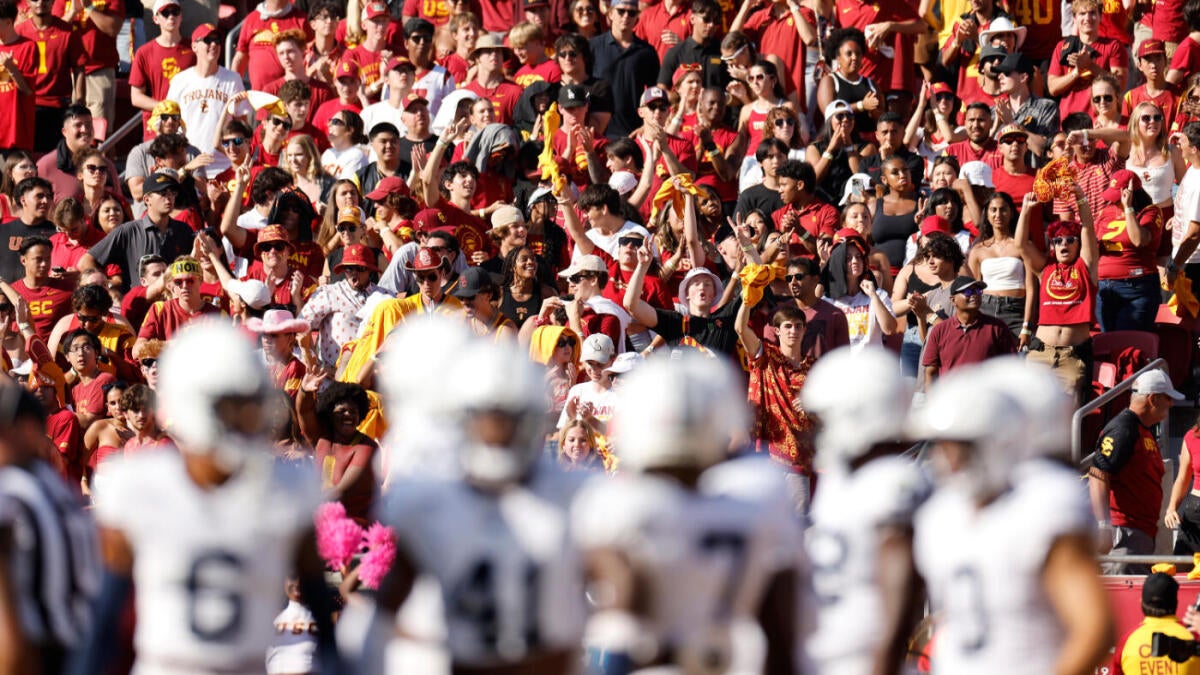The House v. NCAA Settlement: A Transformative Shift in College Athletics
—
Introduction: A Landmark Moment in College Sports
The recent House v. NCAA settlement stands as one of the most monumental legal decisions in the history of college athletics. Marking the death knell of the NCAA’s long-held amateurism model, this settlement not only promises a payout of approximately $2.8 billion to former and current student-athletes but also charts a new course for the future of collegiate sports by authorizing direct revenue sharing between schools and players. This analysis explores the winners and losers emerging from this seismic shift, the settlement’s core provisions, and the broader implications for NCAA governance, athlete compensation, and college sports’ structural dynamics.
—
The Core Settlement Terms: Breaking the Shackles of Amateurism
The settlement resolves a series of antitrust lawsuits collectively known as House v. NCAA, filed against the NCAA and major collegiate athletic conferences. Key elements include:
– Historic Financial Compensation: Approximately $2.576 billion allocated to a damages class comprising Division I athletes who participated since 2016, addressing prior restrictions that prevented athletes from profiting from their name, image, and likeness (NIL).
– Revenue Sharing Authorization: Starting in the 2025-26 athletic year, Division I schools will be permitted to directly pay athletes, with an initial framework allowing up to about $20.5 million in revenue sharing, potentially expanding as the model develops over the settlement’s ten-year term.
– Elimination of Amateurism Rules: The settlement effectively dismantles the NCAA’s amateurism defense, allowing athletes to receive monetary benefits consistent with modern commercialization realities.
– Removal of Scholarship Limits: The proposed changes also contemplate scrapping traditional scholarship caps, enabling greater flexibility and potentially reshaping team roster compositions.
These terms collectively open doors that had been shut for decades, reshaping the fundamental relationship between collegiate athletes and their institutions.
—
The Biggest Winners: Athletes and Major Institutions
*1. Student-Athletes*
Without question, the primary winners are the student-athletes themselves. For years, they have generated billions in revenue through televised competitions, endorsements, and merchandise sales without share in those earnings. The settlement provides:
– Backpay for NIL Deprivations: Athletes retroactively compensated for restrictions from 2016 to 2021, acknowledging prior financial inequities.
– Direct Revenue Sharing: Future generations will now be able to receive direct payments beyond scholarships, reflecting their market value.
– Increased Autonomy and Benefits: Beyond monetary aspects, athletes gain greater rights around their personal brand and compensation opportunities.
*2. High-Profile, Revenue-Generating Schools*
Powerhouse Division I programs—often in the Power Five conferences (ACC, Big Ten, Big 12, Pac-12, SEC)—stand to benefit substantially:
– Enhanced Recruiting Power: With newfound ability to pay athletes, these schools can attract top talent more effectively.
– Monetization Opportunities: Robust media contracts and merchandise sales will enable these institutions to sustain and grow revenue-sharing models.
– Institutional Prestige Preservation: By adapting proactively, these schools can maintain dominance in college sports.
*3. Legal and Advocacy Entities*
Attorneys and advocacy groups representing athletes are notable indirect winners, having crystallized a long-sought challenge to NCAA’s business practices.
—
The Losers: NCAA, Non-Revenue Sports, and Smaller Programs
*1. NCAA’s Amateurism Model*
The settlement signals the end of the NCAA’s defining amateurism principle—the philosophical underpinning of its control over college sports. This loss is profound:
– Regulatory Authority Undermined: The NCAA must cede significant control over athlete compensation and NIL rights.
– Legitimacy Questioned: Without amateurism as a cornerstone, the NCAA’s role and legitimacy face increased scrutiny.
*2. Non-Revenue Sports*
Sports that do not generate major media attention or financial windfalls—such as swimming, rowing, or gymnastics—may be collateral damage:
– Risk of Funding Reductions: With increased athlete compensation costs, schools might prioritize revenue sports, curtailing resources for non-revenue programs.
– Potential Decline in Participation: Reduced funding and scholarships may discourage athlete participation.
*3. Smaller and Lower-Division Schools*
Less financially empowered institutions may find themselves at a disadvantage:
– Growing Financial Divide: Wealthier programs can leverage revenue-sharing to improve competitiveness, widening class and resource gaps within college sports.
– Opt-In Risks: Schools can opt out of the settlement’s revenue-sharing framework, but doing so risks falling behind in recruiting and athletic success.
—
Structural and Cultural Implications
*1. Transformation of College Sports Economics*
The settlement accelerates the full commercialization of college athletics akin to professional sports, with athletes participating as paid stakeholders rather than unpaid amateurs.
*2. Legal Precedents and Compliance*
Future NCAA rulemaking will need to coexist with legal constraints established by this settlement, changing governance dynamics and compliance landscapes.
*3. Social and Class Divides*
The settlement reflects and exacerbates economic stratification in college sports, potentially widening the gap between elite programs and smaller institutions and between athletes in revenue versus non-revenue sports.
*4. Evolution of Athlete Identity and Rights*
Athletes gain a stronger voice and newfound economic rights, challenging traditional power structures in collegiate athletics.
—
Conclusion: An Unprecedented Turning Point With Far-Reaching Consequences
The House v. NCAA settlement is not merely a financial agreement; it signals a tectonic shift that shatters the NCAA’s century-old amateurism framework and reshapes the cultural, economic, and legal landscape of college sports. Athletes emerge empowered, armed with rights and earnings once denied, while schools face a new reality balancing compensation, funding priorities, and competitive dynamics. This transformation will redefine what it means to be a college athlete and a collegiate institution in the years ahead—ushering in a future where the line between amateur and professional continues to blur, with winners and losers emerging across the spectrum of college athletics.





